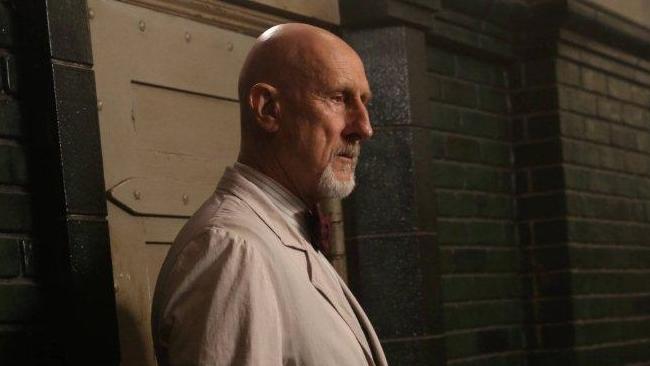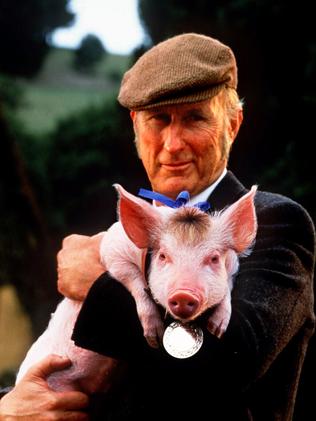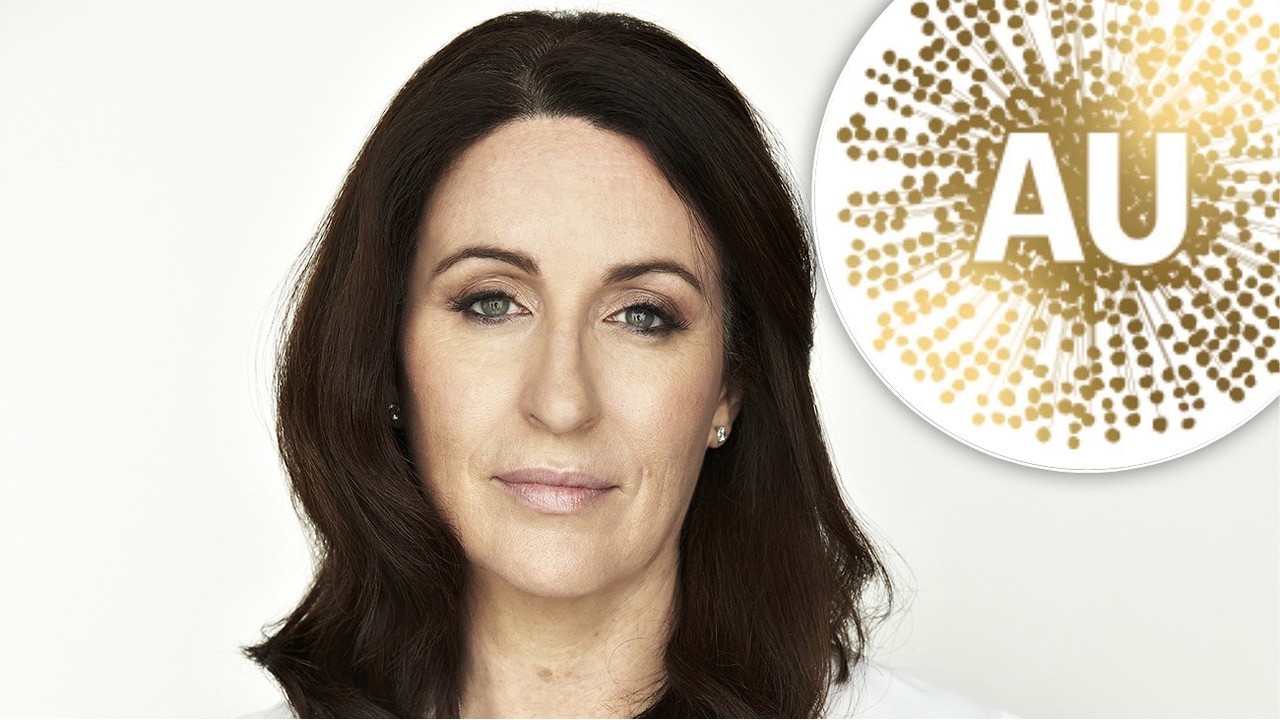Want real Halloween horror? Learn about your meat
COUNTLESS horror stories play out every day in Australia, writes Hollywood actor James Cromwell. They involve our meat industry and should give us all nightmares.

DO you follow American Horror Story?
If so, you’ll know that Dr Arthur Arden, the character I played on the television anthology, sprang from a nightmare.
Mutilations, lobotomies, amputation — his cruelty knew no bounds.
If Arden rattled your nerves, at least you could turn off the lights knowing that he was fictional.
But there are other horror stories playing out every day across Australia, and they should give all of us nightmares because they’re real.
Against a backdrop of flesh and blood, these stories begin on piggeries, egg farms, and dairy farms before moving onto the killing floor and concluding on our breakfast tables. Arden’s tortures pale in comparison.
Pigs are highly intelligent, social animals, but as a result of their intensive confinement on Australia’s pig farms, they often become aggressive and exhibit other abnormal kinds of behaviour.
To prevent them from injuring each another, some piglets’ tails are docked and their teeth clipped. They are also castrated, usually when they’re not even seven days old — and anaesthesia is required only if they’re more than three weeks old, as outlined in the CSIRO Primary Industries Standing Committee Model Code of Practice for the Welfare of Animals: Pigs.
Mother pigs are typically confined to narrow stalls or farrowing crates. At one piggery, investigated by Aussie Farms and Animal Liberation ACT, the crates were stacked, meaning that waste and afterbirth splashed down on those in the lower crates. Pigs screamed as they tried to escape. Nearby were buckets of dead piglets.
At another facility, which is still operating, sows and piglets were constantly sprayed with cold water from a broken pipe.
Chickens are inquisitive, smart individuals and loving parents: hens cluck to their unhatched chicks, who chirp back from inside their shells. Yet in Australia, millions of day-old male chicks are killed in gas chambers or dumped into macerators to be ground up each year. Why? Because egg farmers consider them useless.
Instead of getting to socialise and enjoy dust baths, hens are crammed in groups of up to 20 into cages that leave them only millimetres to move about — each bird has a space equal in size to a sheet of A4 paper — and the tips of their beaks are seared off to prevent them from injuring each other out of frustration.

Many hens are only a year old when their bodies wear out and can no longer produce enough eggs to be profitable. That’s when they’re trucked to abattoirs, where the RSPCA reports they’ll be stunned in an electrically charged water bath and their throats will be slit, sometimes while they’re still conscious.
Cows form deep bonds with their loved ones and become stressed when separated from them. But on Australia’s dairy farms, calves are taken from their frantic mothers when they’re only hours old, put into crates, and fed a milk substitute so that their mothers’ milk can be consumed by humans.
The horns of cows who will be used for milk are burned off with hot irons or cut off with wires and saws — usually without pain relief — and because workers don’t want to be brushed in the face by a cow’s tail, the tails are sometimes amputated. Unwanted male “bobby calves” keep their tails, but, deemed useless by the industry, the RSPCA reports some 450,000 of them are slaughtered every year before they’re a week old.
To meet the increasing demand for cheap milk, cattle species that once produced on average 2,900 litres of milk annually are now selectively bred to produce nearly double that.

It’s not at all unusual for these gentle, affectionate beings to suffer from mastitis, a painful udder infection.
The Aussie Farms Repository reports that every year, some 600 million animals are slaughtered in Australia’s roughly 300 abattoirs — a real-life body count that includes as many as 550 million chickens, four to five million pigs, and three million cows and heifers. Those grim statistics don’t even take into account the chicks and calves who are simply discarded by the egg and dairy industries.
Like you and me, these animals value their lives and can experience fear and pain. None of them should die just to give someone a fleeting flavour.
We must do better, and we can start this morning by leaving meat, eggs, and dairy “products” off our plates and enjoying delicious, healthy vegan foods that don’t cause other sentient beings to endure a miserable life and a horrific death.
It’s time for this real-life horror story to end.
James Cromwell is an Oscar-nominated and Emmy Award-winning actor and a PETA supporter who was inspired to become vegan while acting in the movie Babe, which was shot in Australia.
Originally published as Want real Halloween horror? Learn about your meat


